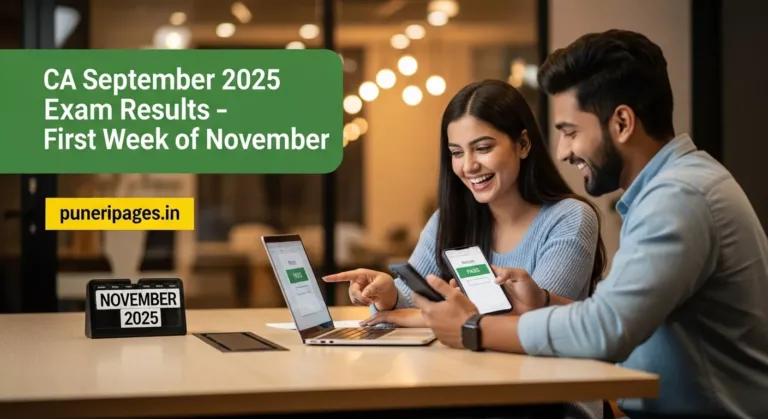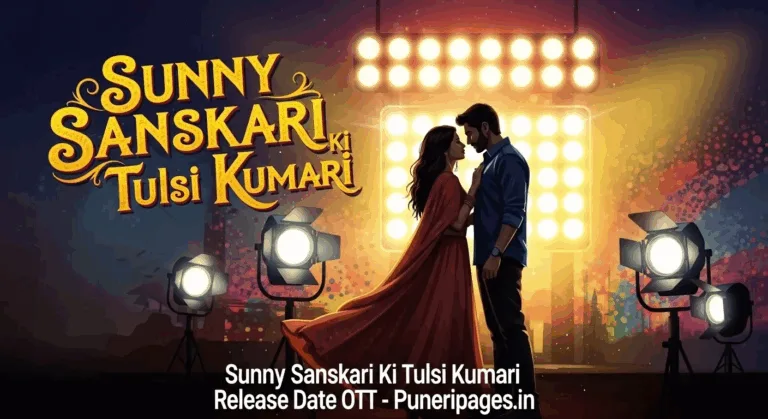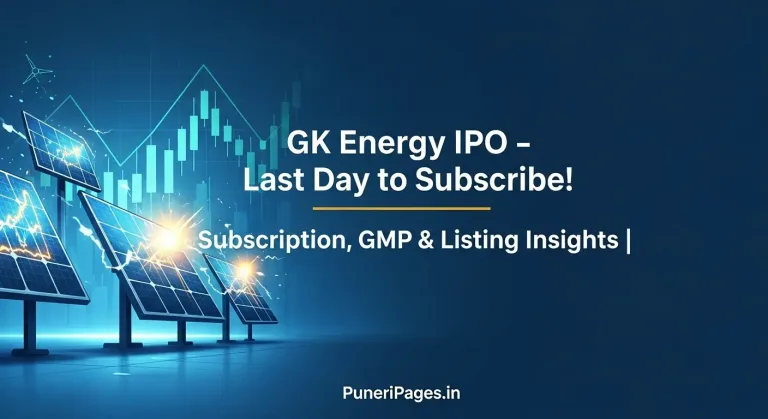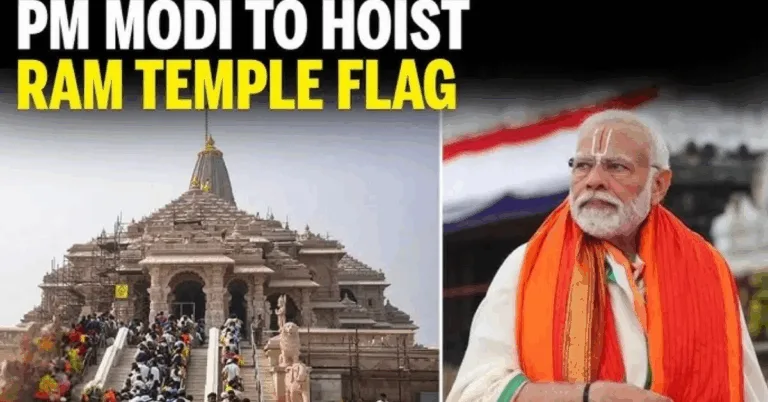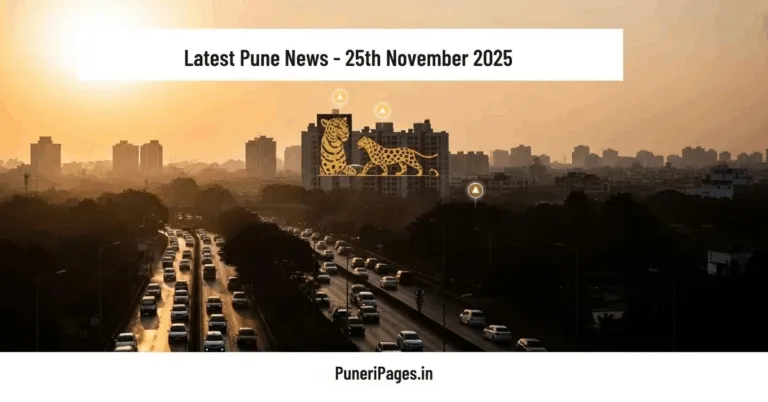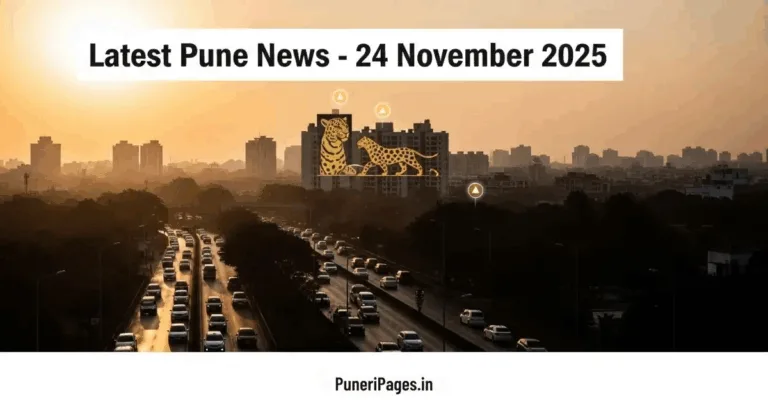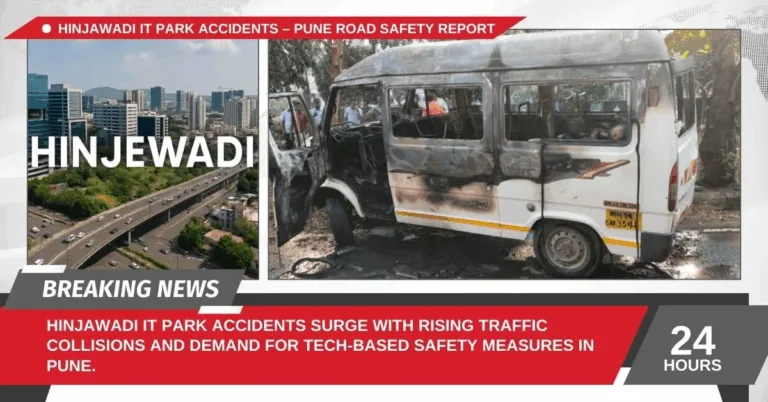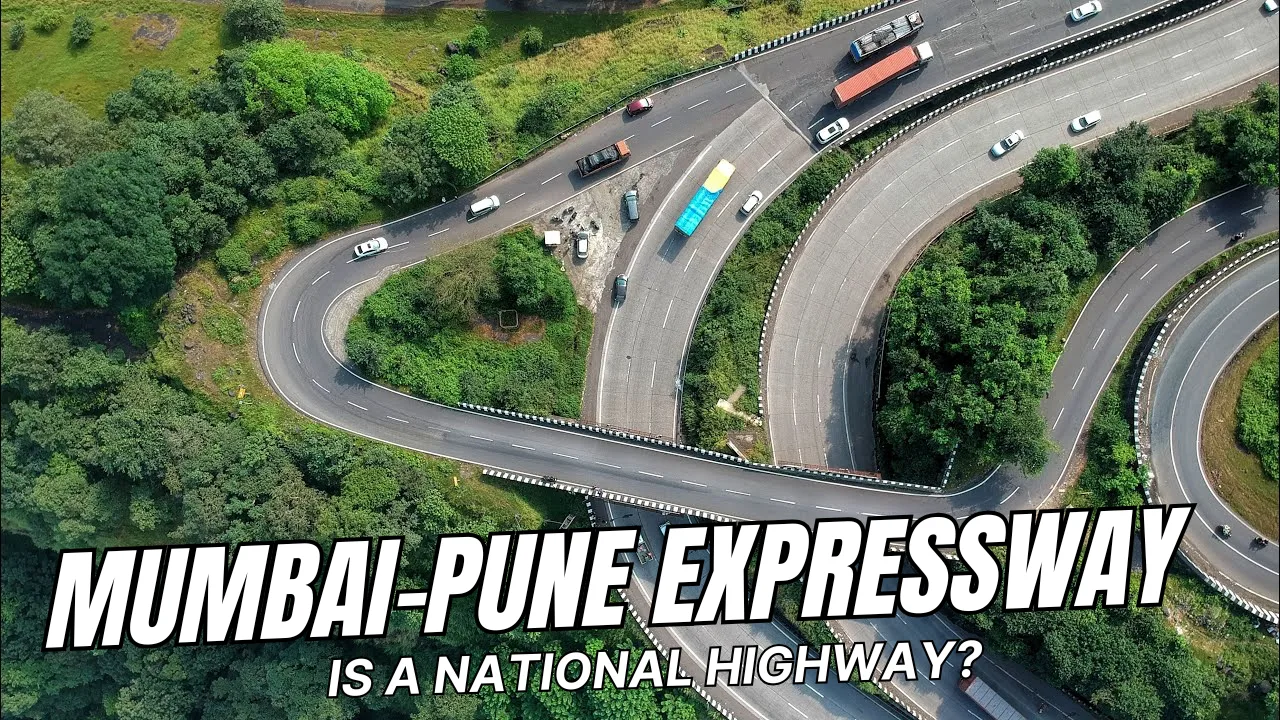
Scenic view of the Mumbai-Pune Expressway — explore whether it qualifies as a National Highway in our detailed breakdown on puneripages.in.
Table of Contents
The Mumbai-Pune Expressway, one of India’s most iconic and heavily trafficked highways, serves as a vital link between two of Maharashtra’s most important cities—Mumbai, the financial powerhouse of the country, and Pune, the cultural, educational, and industrial heartland. Since its opening, the expressway has transformed road travel, significantly reducing travel time and offering a safer, smoother driving experience. It is renowned for its engineering brilliance, scenic beauty, and modern amenities. Yet, despite being such a crucial infrastructure corridor, one question often pops up among frequent travelers and curious citizens: is the Mumbai-Pune Expressway officially recognized as a National Highway?
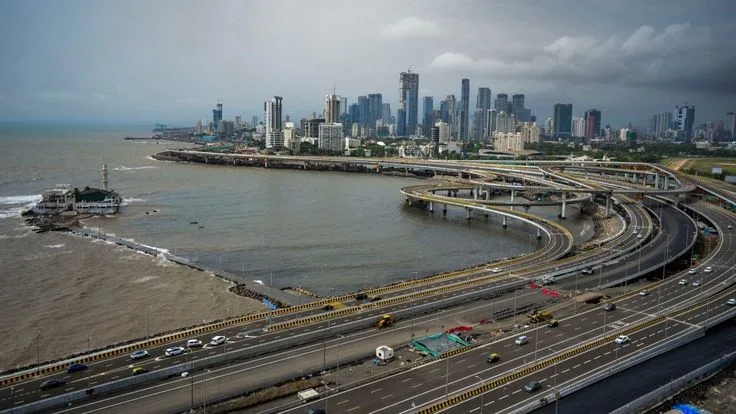
Let’s explore the origins, status, and importance of this road to understand what makes it so unique.
🚗 What Exactly Is the Mumbai-Pune Expressway?
The Mumbai-Pune Expressway, officially known as the Yashwantrao Chavan Mumbai-Pune Expressway, is India’s first six-lane, concrete, access-controlled tolled expressway. Stretching over approximately 94.5 kilometers, this expressway was inaugurated in phases between 2000 and 2002.
Built with the goal of decongesting the older Mumbai-Pune Highway (previously known as NH4, now a part of NH48), the expressway provides a faster, safer, and more efficient mode of transportation. Prior to its development, traffic snarls and accident rates were high on the old route. The new expressway ushered in a paradigm shift by enabling commuters to travel between Mumbai and Pune in just about 2.5 to 3 hours.
Designed by Maharashtra State Road Development Corporation (MSRDC), it features cutting-edge construction elements such as tunnels, bridges, and bypasses, helping motorists avoid difficult terrain like the Khandala Ghat section.
🌍 Is It a National Highway?
No, the Mumbai-Pune Expressway is not officially categorized as a National Highway.
Rather than being governed by the National Highways Authority of India (NHAI), the expressway is managed and operated by the Maharashtra State Road Development Corporation (MSRDC). It is a state-managed road, meaning its maintenance, toll collection, expansions, and upgrades fall entirely under the jurisdiction of the Maharashtra state government.
This often confuses people because it runs nearly parallel to NH48, connects two major cities, and looks and functions much like a national-level infrastructure project. However, from a technical and administrative standpoint, it remains a state-owned expressway.
🤠 Then Why the Confusion?
The confusion stems from several overlapping factors:
- It connects two Tier-1 cities that are traditionally linked by national highways.
- The expressway delivers a superior driving experience compared to many national highways.
- It closely follows the route of NH48, making it an alternative choice for long-distance transport.
- It serves thousands of commuters daily, many of whom assume it’s a national asset due to its high standards and usage.
Moreover, signage and mapping tools often list it interchangeably with NH48, adding to the misinterpretation.
📆 Who Maintains and Operates It?
The expressway is exclusively managed by the Maharashtra State Road Development Corporation (MSRDC). Its responsibilities include:
- Planning, construction, and engineering design
- Periodic road maintenance and repair
- Operation of toll booths
- Implementation of safety features and surveillance
- Emergency response systems including ambulances and patrols
This state authority has also pioneered the integration of new technologies such as automated tolling systems and intelligent traffic management tools on this expressway.
⛽ Tolls, Safety Features & Rules
The Mumbai-Pune Expressway is a tolled road with charges that vary depending on the type of vehicle. The toll revenue supports ongoing maintenance and future improvements. Here are a few safety and convenience features that make this expressway notable:
- Well-maintained asphalt and concrete lanes
- Clearly marked road signs and digital boards
- Designated speed limits ranging between 80–100 km/h
- 24/7 emergency helpline and call boxes
- Regular patrols by highway police
- Ambulance services and tow trucks stationed at key locations
- Speed detection cameras and traffic monitoring via CCTV
Despite these, it’s worth noting that the expressway is also prone to accidents, especially during monsoon months or due to over-speeding. Authorities continue to implement measures to increase awareness and safety compliance.
🚧 Ongoing & Planned Infrastructure Upgrades
In recent years, MSRDC has undertaken several improvement initiatives:
- Widening of certain stretches to accommodate increased traffic volume
- Improved lighting in tunnels and ghat sections
- Development of bypasses to decongest major junctions
- Upgrading safety barricades and crash barriers
Additionally, a futuristic Mumbai-Pune Hyperloop transport system is under proposal to drastically cut travel times to under 30 minutes. Though still in the planning phase, it reflects how this route is central to Maharashtra’s infrastructure vision.
🛍️ Frequently Asked Questions (FAQs)
Q: Is the Mumbai-Pune Expressway a National Highway?
A: No, it is a state-managed expressway under MSRDC and not part of the National Highway network managed by NHAI.
Q: What is the difference between the expressway and NH48?
A: NH48 is a National Highway connecting Mumbai and Pune via the old highway route, while the expressway is a faster, access-controlled alternative developed and maintained by the Maharashtra state.
Q: Can two-wheelers or auto-rickshaws use the Mumbai-Pune Expressway?
A: No. These vehicles are not allowed for safety reasons. They must use NH48 or other regional roads.
Q: What are the toll charges?
A: Charges vary by vehicle type and range from ₹100 to ₹300 for cars, with higher fees for buses and commercial vehicles.
Q: How long does it take to travel from Mumbai to Pune via the expressway?
A: Travel time typically ranges from 2.5 to 3 hours under normal conditions, but may vary due to traffic or weather.
Q: Are there rest stops and amenities along the way?
A: Yes, multiple food courts, restrooms, petrol pumps, and emergency medical centers are situated at regular intervals.
🚜 Final Thoughts
While the Mumbai-Pune Expressway does not have the official designation of a National Highway, it matches and even surpasses many in terms of quality, efficiency, and safety. Whether you’re commuting for business, traveling for leisure, or transporting goods, this expressway remains a top-tier choice for road travel between Mumbai and Pune.
Understanding the administrative structure behind such a crucial piece of infrastructure helps appreciate how state-level planning can complement national connectivity goals. As Maharashtra continues to develop, this expressway will remain a central artery for trade, tourism, and everyday mobility.
For regular updates, road alerts, and travel tips, stay connected with puneripages.in.
🛍️ Frequently Asked Questions (FAQs)
Q: Is the Mumbai-Pune Expressway a National Highway?
A: No, it is a state-managed expressway under MSRDC and not part of the National Highway network managed by NHAI.
Q: What is the difference between the expressway and NH48?
A: NH48 is a National Highway connecting Mumbai and Pune via the old highway route, while the expressway is a faster, access-controlled alternative developed and maintained by the Maharashtra state.
Q: Can two-wheelers or auto-rickshaws use the Mumbai-Pune Expressway?
A: No. These vehicles are not allowed for safety reasons. They must use NH48 or other regional roads.
Q: What are the toll charges?
A: Charges vary by vehicle type and range from ₹100 to ₹300 for cars, with higher fees for buses and commercial vehicles.
Q: How long does it take to travel from Mumbai to Pune via the expressway?
A: Travel time typically ranges from 2.5 to 3 hours under normal conditions, but may vary due to traffic or weather.
Q: Are there rest stops and amenities along the way?
A: Yes, multiple food courts, restrooms, petrol pumps, and emergency medical centers are situated at regular intervals.
Q: Is there a plan to upgrade the expressway to a national highway in the future?
A: As of now, there is no official plan to reclassify it as a National Highway. However, integration with larger infrastructure projects like the Mumbai-Pune Hyperloop may influence its future administrative status.
Q: Can the expressway be used during monsoon or at night?
A: Yes, but drivers are advised to exercise caution during adverse weather and nighttime due to reduced visibility and slippery conditions.
Q: What safety initiatives are in place?
A: MSRDC has implemented surveillance cameras, digital speed monitoring systems, crash barriers, and dedicated emergency response teams to ensure commuter safety.
